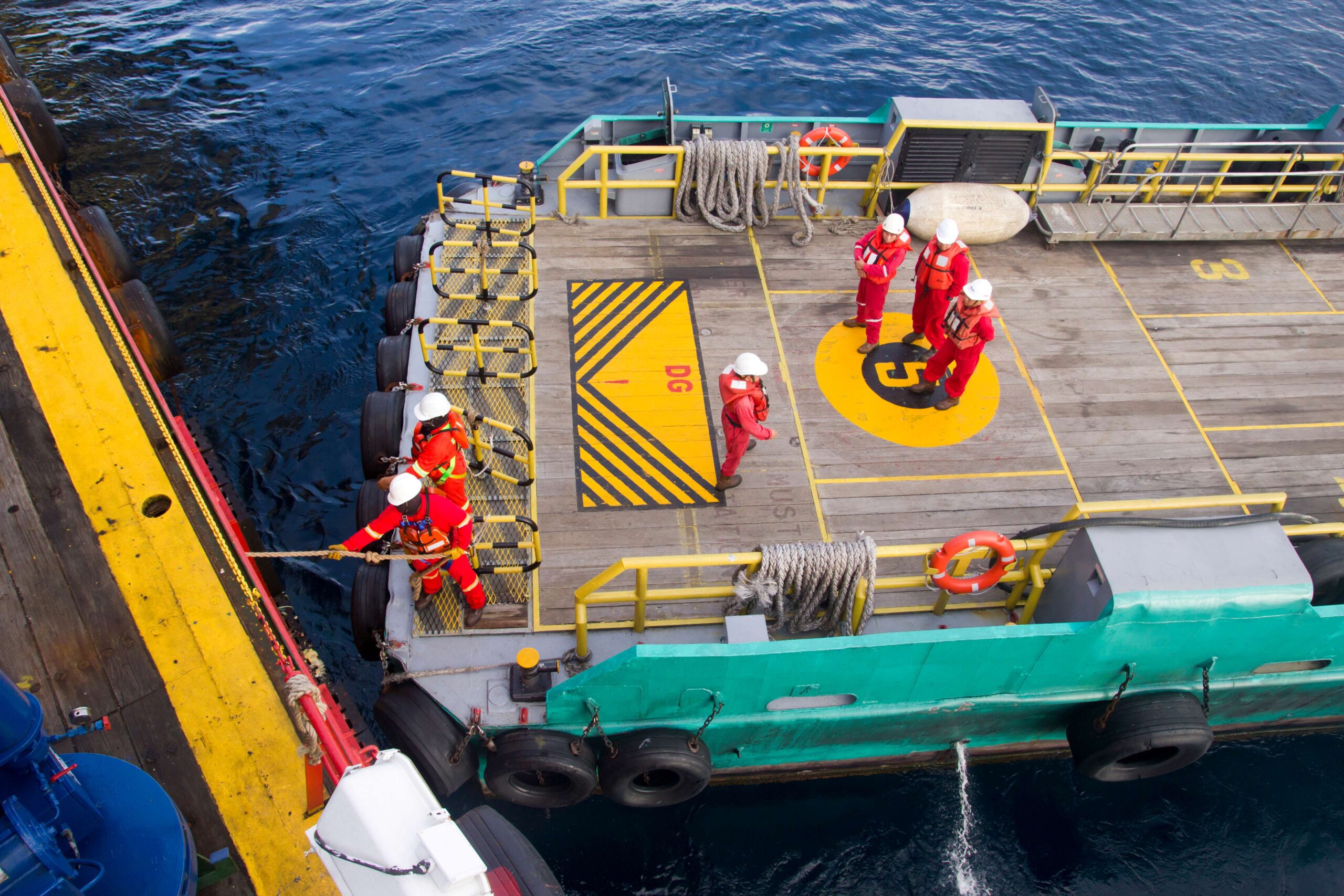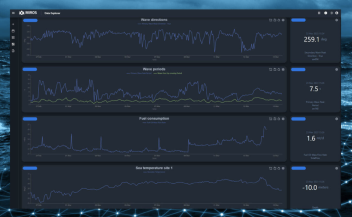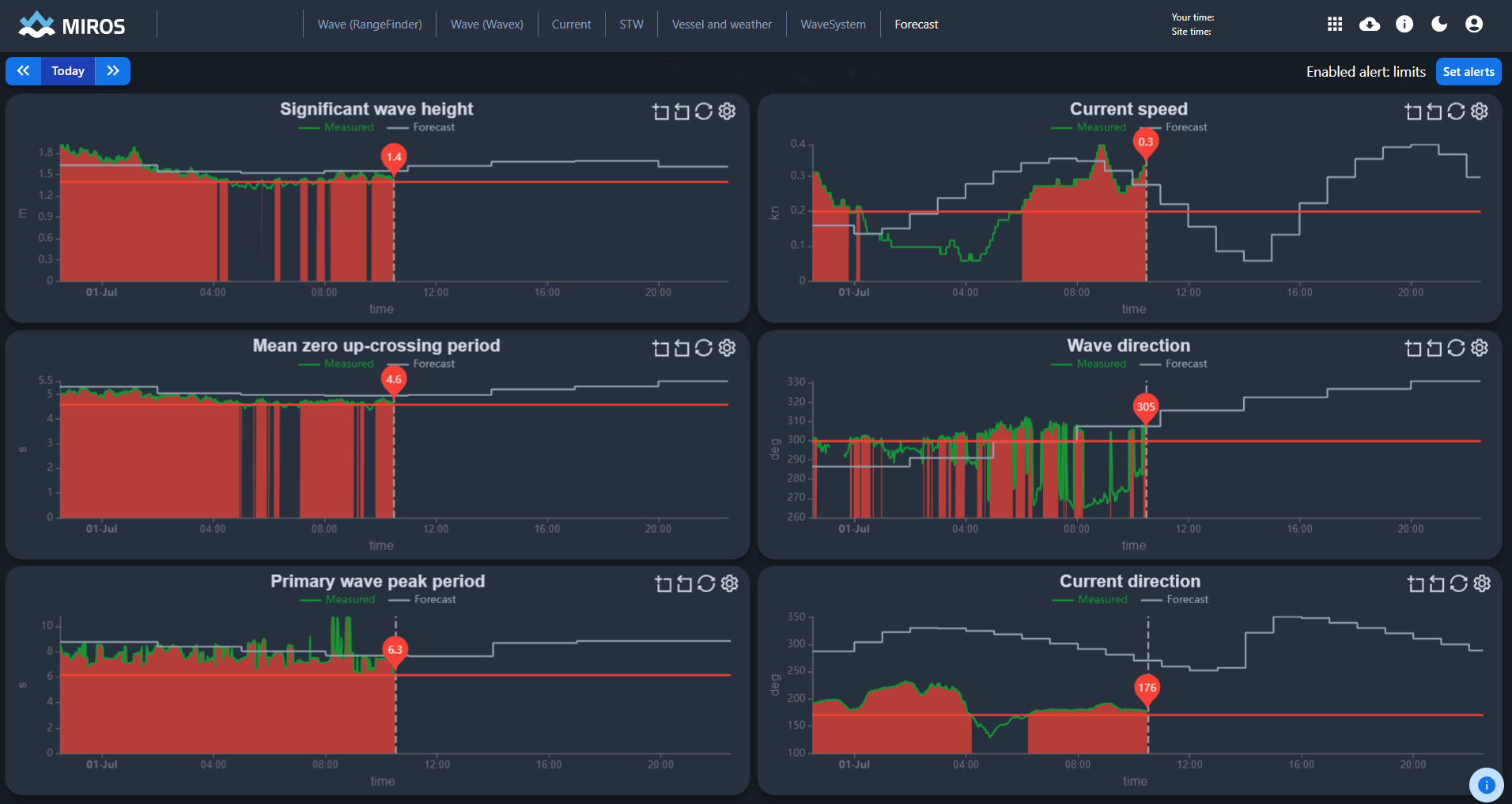The Future of DP Operations: Integrating Wave Measurements and Artificial Intelligence
When integrated onboard vessels, real-time wave measurement, and wave prediction technology can enhance DP systems by providing precise information during tasks like subsea construction or equipment installation.




Image: For offshore operations involving personnel transfers, cargo loading/unloading, or lifting heavy equipment, real-time sea state data is proven to enhance decision-making, improving safety and minimizing risks.
Dynamic positioning (DP) systems emerged in the mid-20th century to meet the needs of offshore energy exploration, keeping vessels steady in tough conditions. These systems use thrusters to counter external forces and maintain position, and while their core function hasn’t changed, improvements in sensors, computing, and control systems have made them safer and more efficient.
Why real-time wave and current data matter
Traditionally, wind measurements have been used in offshore operations, but real-time wave and current measurements are still overlooked. This limits operational safety, as this information is crucial for anticipating forces that affect vessel stability.
New technology on the horizon
Advances in wave and motion prediction could transform the industry. Prediction of future waves falls into two types: statistical and deterministic. Statistical prediction uses real-time data to forecast wave conditions over minutes to days, providing insights into potential wave heights. Deterministic prediction, using analytics and AI combined with radar data, tracks specific waves and predicts their impact within seconds to minutes, giving crews a heads-up on incoming big waves.
Although wave prediction technology is still developing, it holds great potential. Waves are random and can’t be predicted with total certainty, but the technology can still improve decision-making in the maritime sector.
Integrating wave prediction with DP systems
When integrated onboard vessels, wave prediction technology can enhance DP systems by providing precise information during crucial tasks like subsea construction or equipment installation. In sea state monitoring, deterministic prediction is considered the “Holy Grail,” greatly improving situational awareness.
However, operators must understand the technology and its reliability before fully depending on it. Basically, real-time sea state information can improve decision-making by offering a clearer picture than visual observation or basic weather forecasts.
A more advanced approach involves DP consequence analysis, where local real-time sea state data improves the estimate of environmental forces on the vessel. These site-specific measurements provide a more accurate assessment of whether operations can continue safely. Successful integration allows the prediction of wave impacts and informs actions like delaying operations, boosting thruster power, or adjusting the vessel’s position.
Automated control and the future of wave prediction
The ultimate goal is for real-time wave prediction to feed directly into DP systems, similar to how wind sensors are used now. This would let the system predict a wave’s impact, such as a four-meter wave hitting at a specific time and respond automatically While this would boost safety, human oversight is still essential, much like an aircraft pilot’s judgment remains crucial even when using autopilot. Wave prediction aims to make offshore work easier and safer. As Miros marks 40 years in marine technology, we remain dedicated to helping the industry leverage real-time sea state data for smarter, safer operations.
Read related articles in maritime magazines:
Offshore Energy: Optimizing wave and current insights for cutting-edge DP operations
eco Magazine: Wave Prediction Technology to Enhance DP Operations
Sea Technology Magazine: Prediction of Waves and Vessel Motion
Learn more about PredictifAI™ – Pairing radar technology with Artificial Intelligence. Miros’ new-generation wave and vessel motion prediction technology automatically adapts to varying sea and weather conditions and reliably handles multimodal sea states.

Image example Miros Forecast: Evaluating if the weather forecast is in line with the actual weather conditions is vital, and data from well-proven sea state measurements can feed into offline planning and simulation tools.

